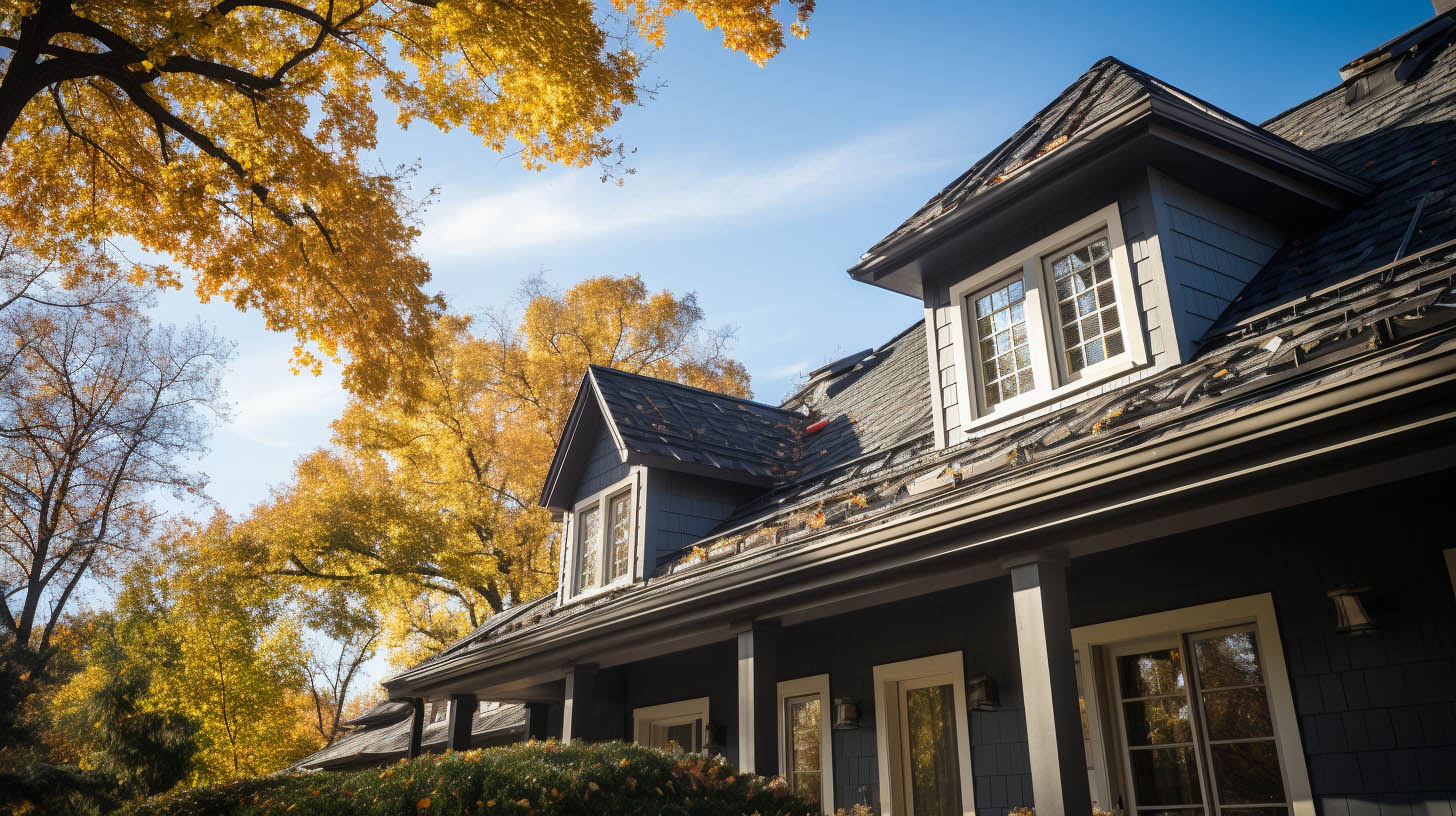
Understanding the Impact of Trees on Your Roof
The Double-Edged Sword of Trees Near Your Home
Trees, with their majestic beauty, bring a plethora of benefits to any landscape. They enhance the aesthetic appeal of a property, provide shade during hot summers, and even act as natural windbreakers. However, homeowners often overlook the potential risks these towering giants pose to their roofs. At MaxForce Roofing and Siding LLC, located in Columbus, OH, we emphasize the importance of understanding and mitigating these risks to ensure the longevity of your roofing system.
The Protective Role of Trees
Wind Resistance and UV Protection
Large trees, especially those towering above your home, can serve as effective wind barriers. This natural shield significantly reduces wind impact on your home, thus protecting your roof shingles from potential damage during storms. Additionally, the shade provided by these trees plays a crucial role in safeguarding your roof from the harsh UV rays of the sun. Prolonged exposure to UV rays can accelerate the aging process of roofing materials, but the shade from trees helps in prolonging their lifespan.
Temperature Regulation
The shade from trees is not just beneficial for UV protection; it also aids in regulating the temperature of your home. By reducing direct sunlight on your roof, trees help in keeping your home cooler during summer months. This not only enhances the comfort inside your home but also contributes to lower air conditioning costs.
The Threats Posed by Trees
Falling Trees and Branches
The most apparent risk comes from trees that are either aging or affected by storms. Falling trees can cause significant damage to roofs, leading to costly repairs or replacements. Similarly, branches that break off during storms can scratch or puncture your roof, compromising its integrity.
Debris Accumulation
Trees shed leaves, needles, and small branches, which can accumulate on your roof and in gutters. This debris can lead to clogged gutters, resulting in water pooling and potential leaks. Moreover, leaves and other organic matter retain moisture, promoting the growth of mold, moss, and algae, which can deteriorate roofing materials over time.
Mitigating Tree-Related Roof Damage
Strategic Pruning
Regular pruning of tree branches, especially those hanging over your roof, is crucial. This not only prevents branches from rubbing against and damaging the roof but also reduces the amount of debris that falls onto it. For optimal results, consider hiring a professional arborist who can strategically prune trees to minimize risks while preserving their health and beauty.
Gutter Maintenance
Regular cleaning of gutters is essential to prevent blockages caused by tree debris. Installing gutter guards can be an effective solution to reduce the buildup of leaves and twigs, ensuring smooth water flow away from your roof.
Tree Placement and Removal
When planting new trees, consider their mature size and ensure they are positioned at a safe distance from your home. This foresight can prevent future issues with overhanging branches or root intrusion. In cases where trees pose a significant risk to your property, removal might be the safest option. However, always check local regulations and seek professional advice before proceeding with tree removal.
Conclusion
Trees can be both a blessing and a curse for homeowners. While they offer numerous benefits, their proximity to your home can pose risks to your roof. By understanding these risks and taking proactive measures, you can enjoy the beauty and advantages of trees without compromising the safety and integrity of your roof. Remember, regular maintenance and strategic planning are key to a harmonious coexistence between your home and its natural surroundings.

